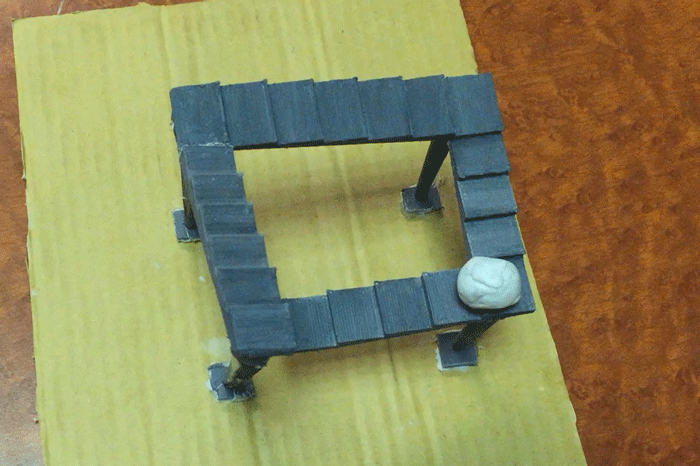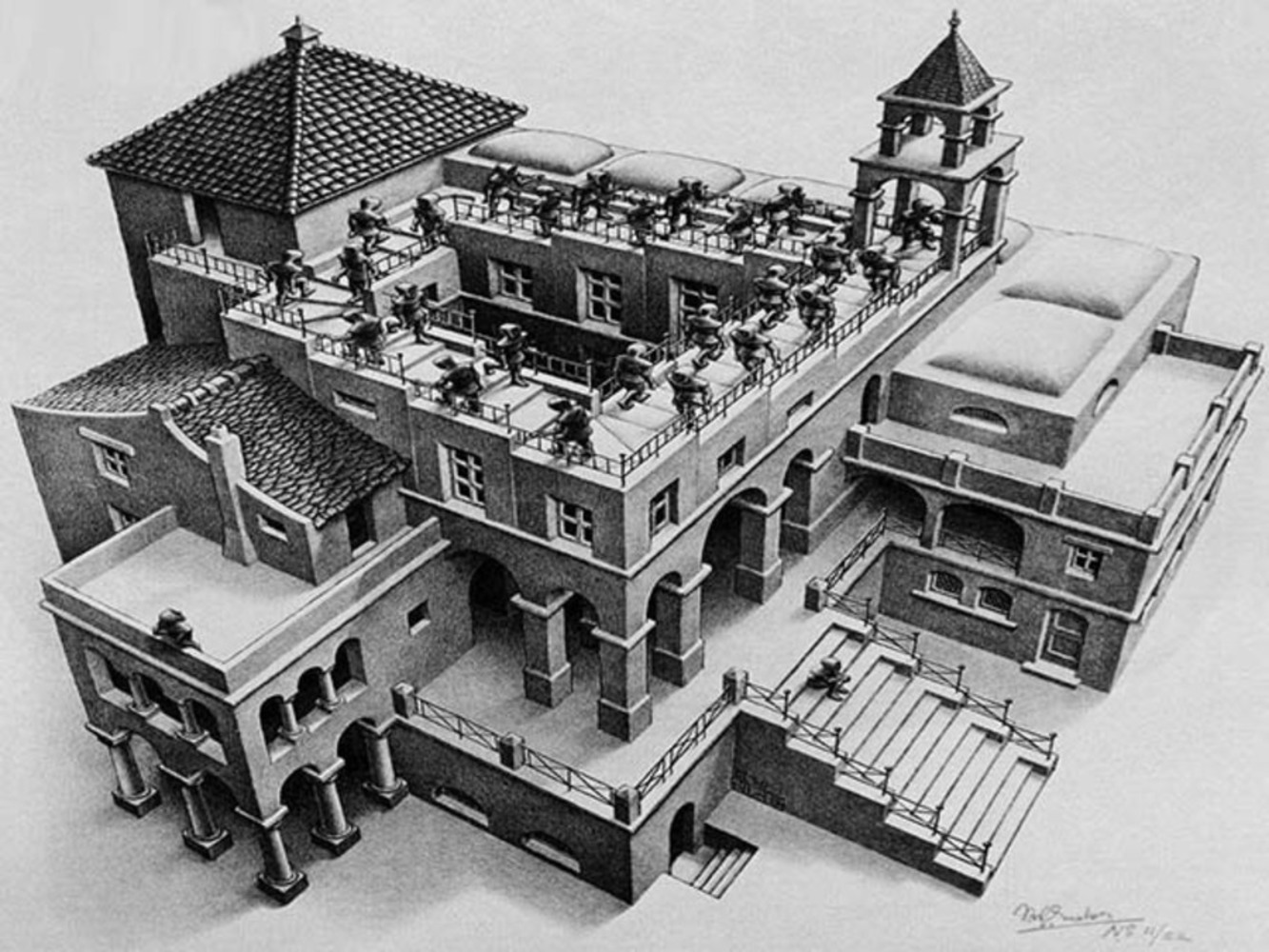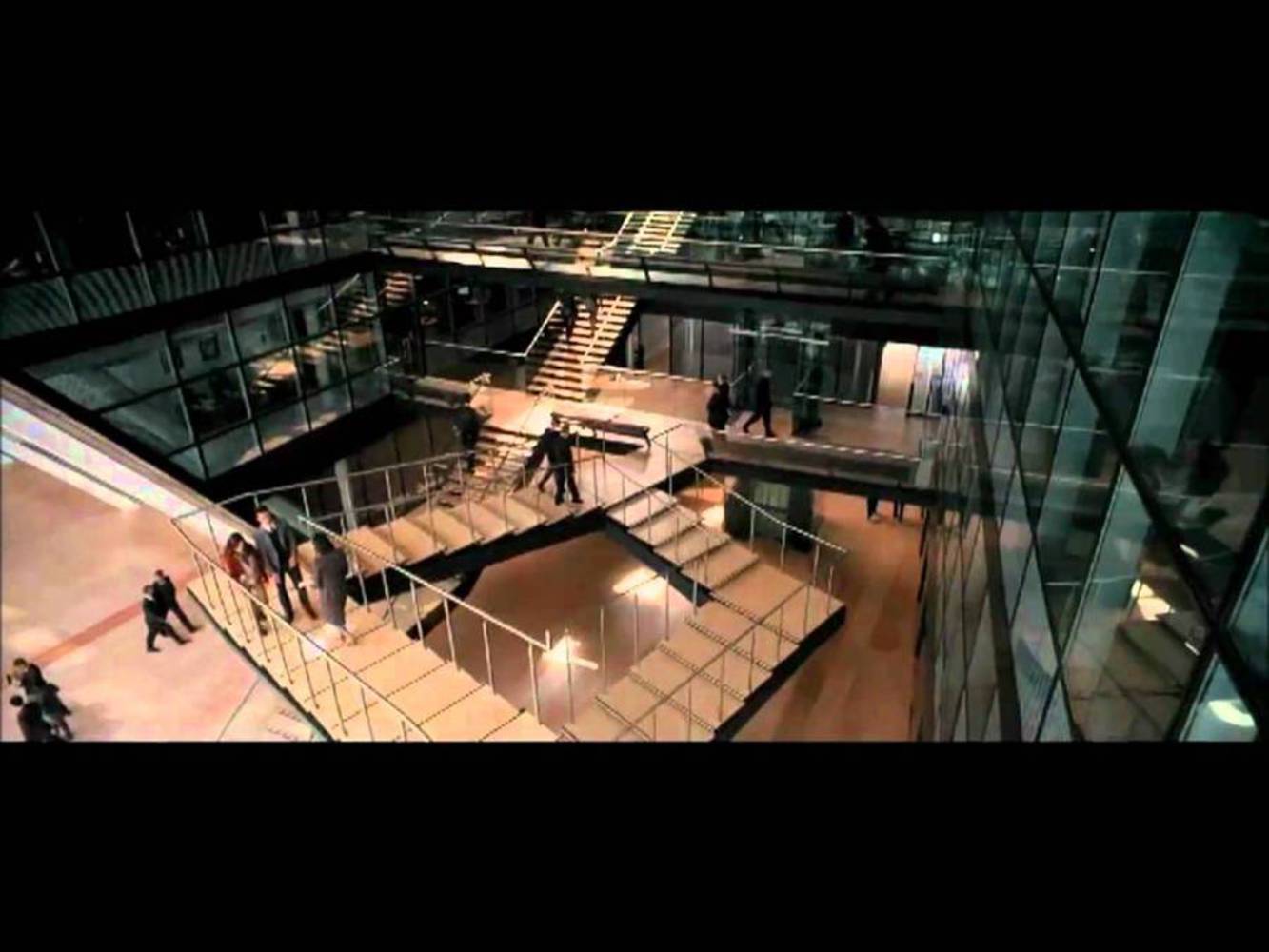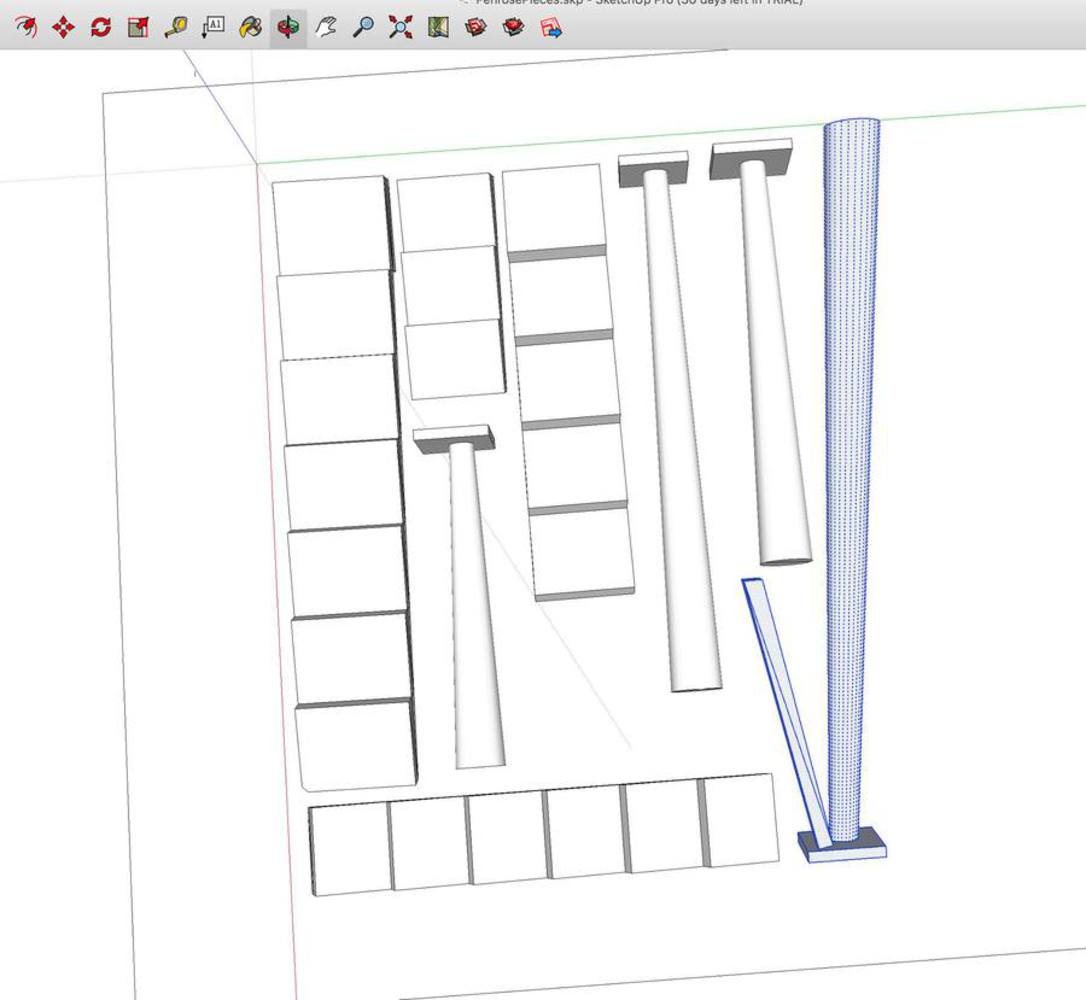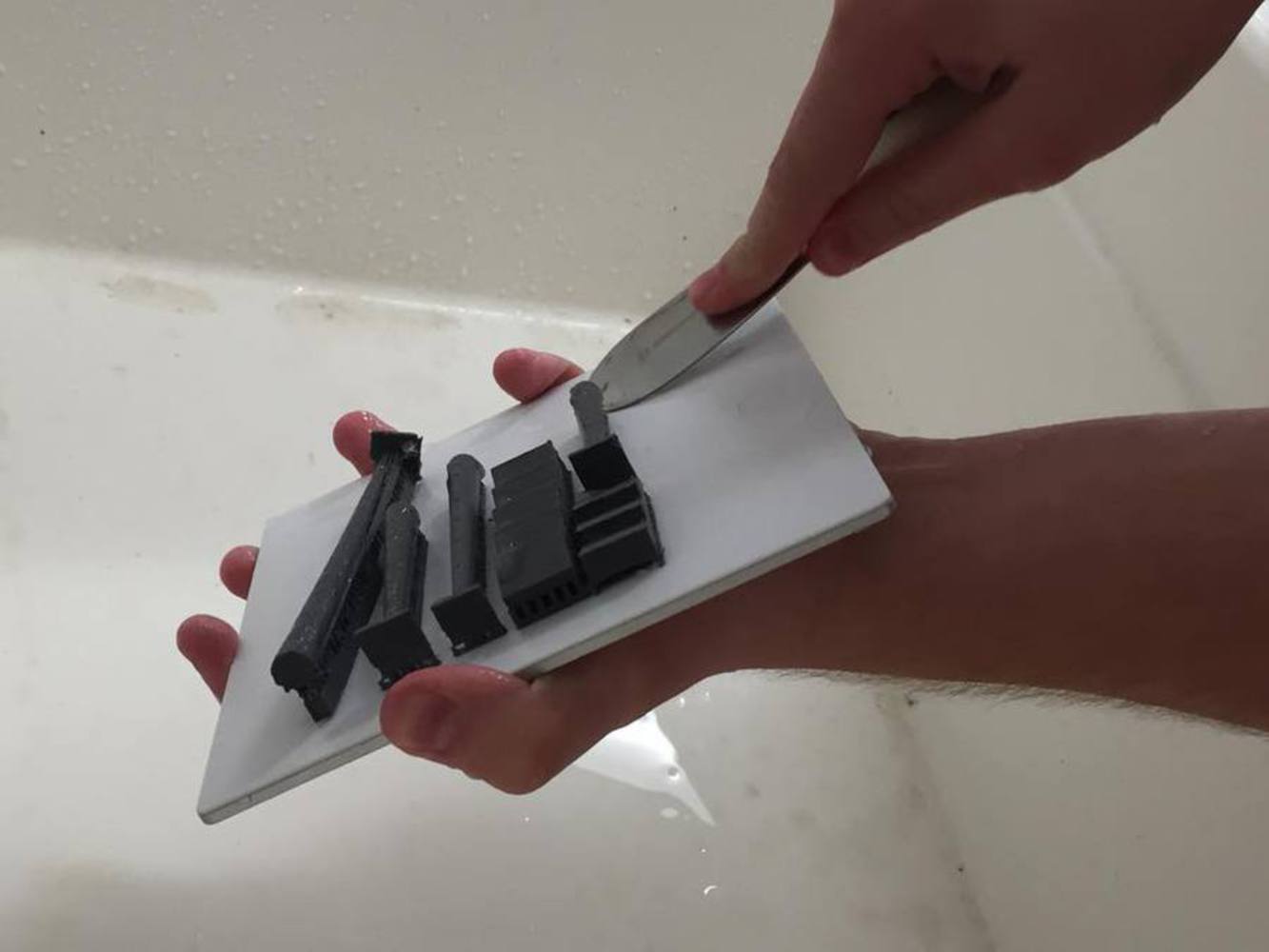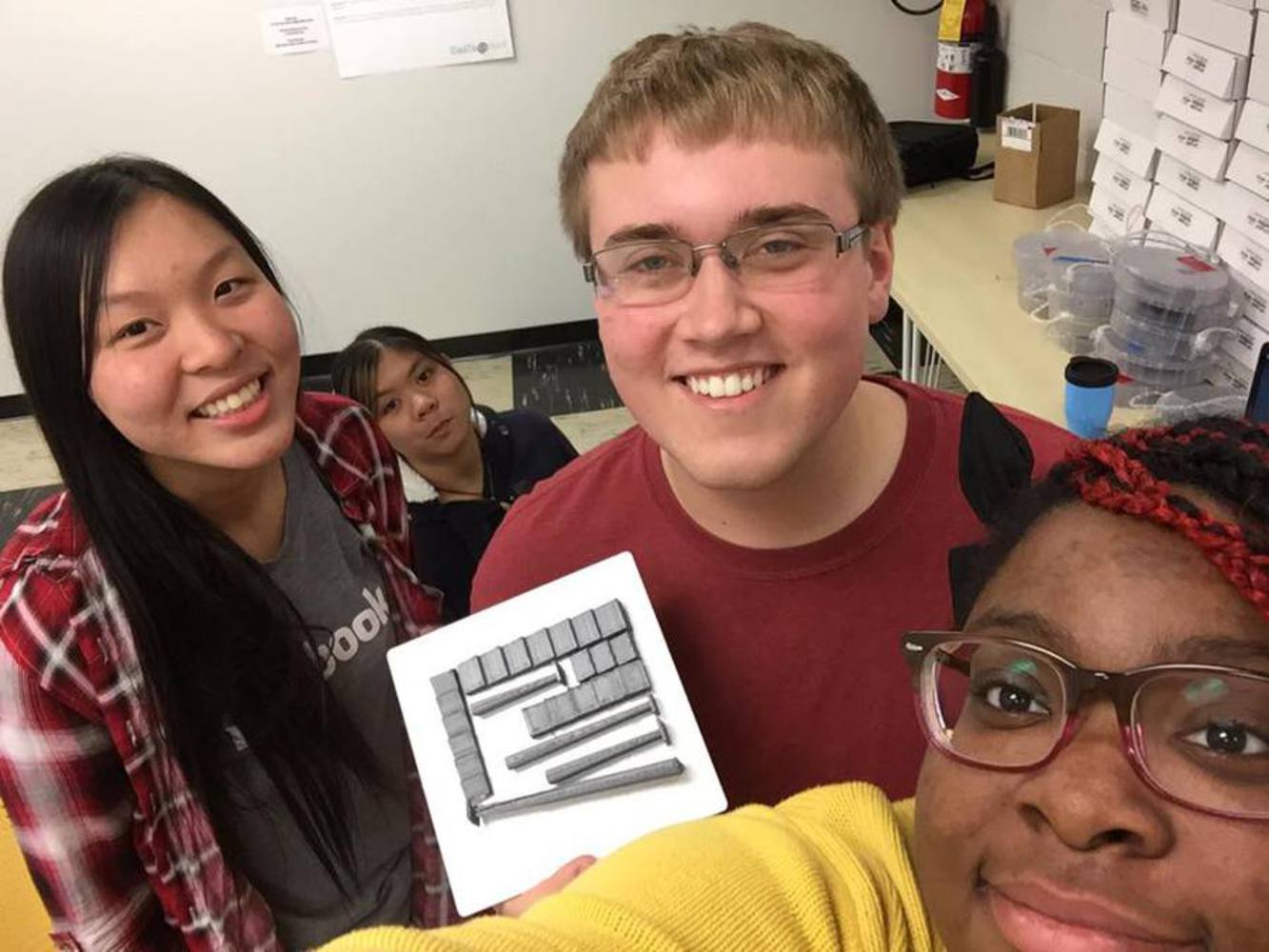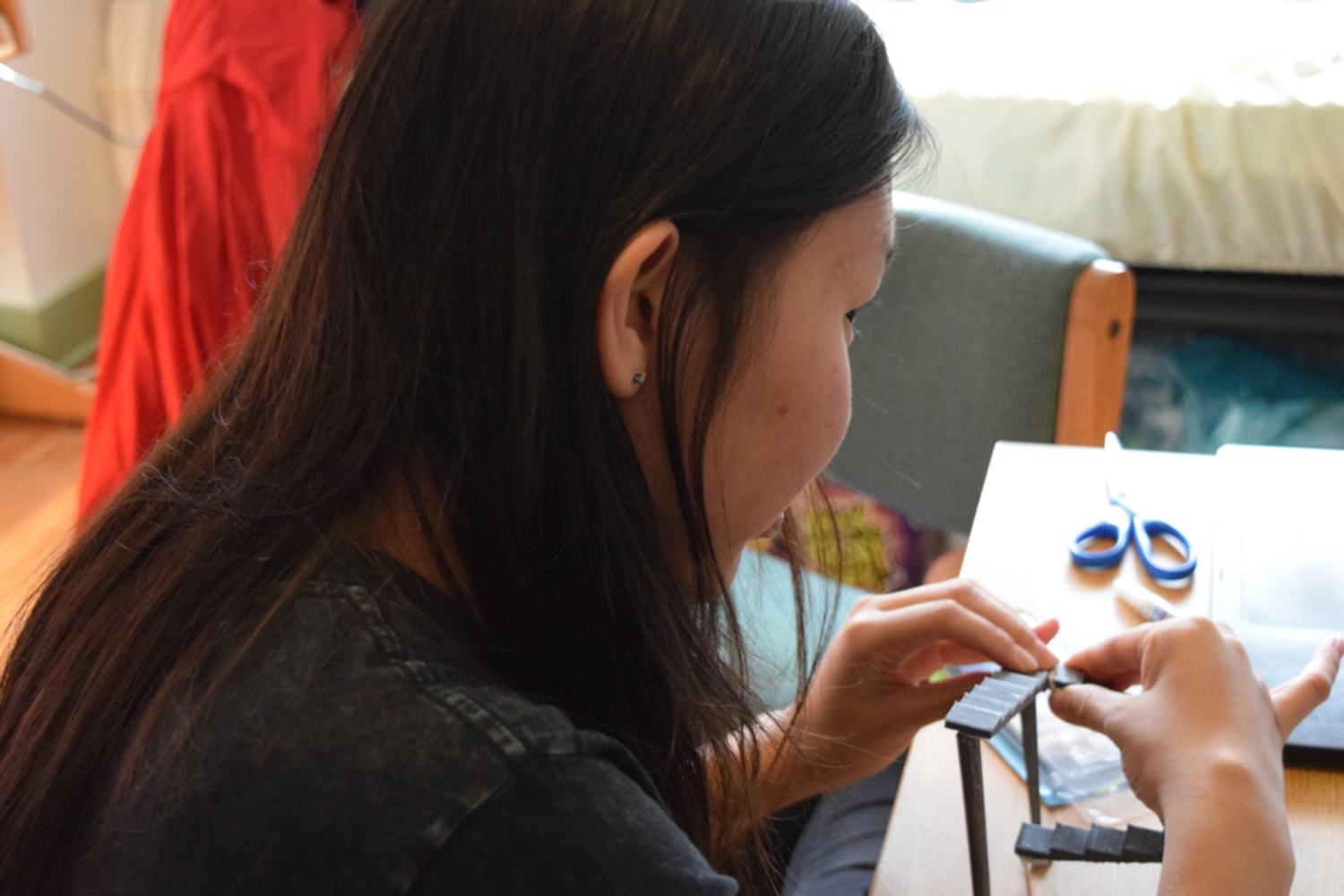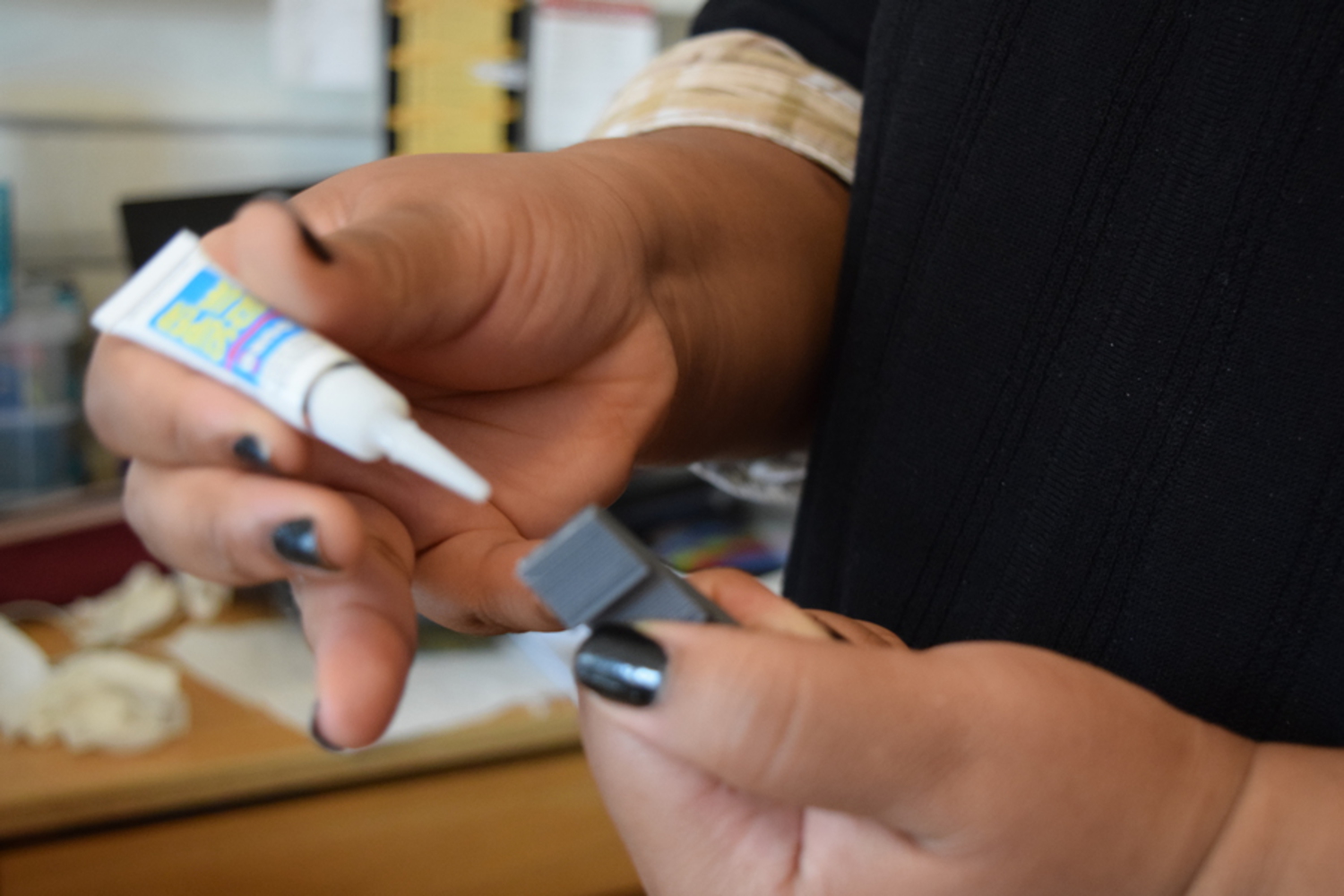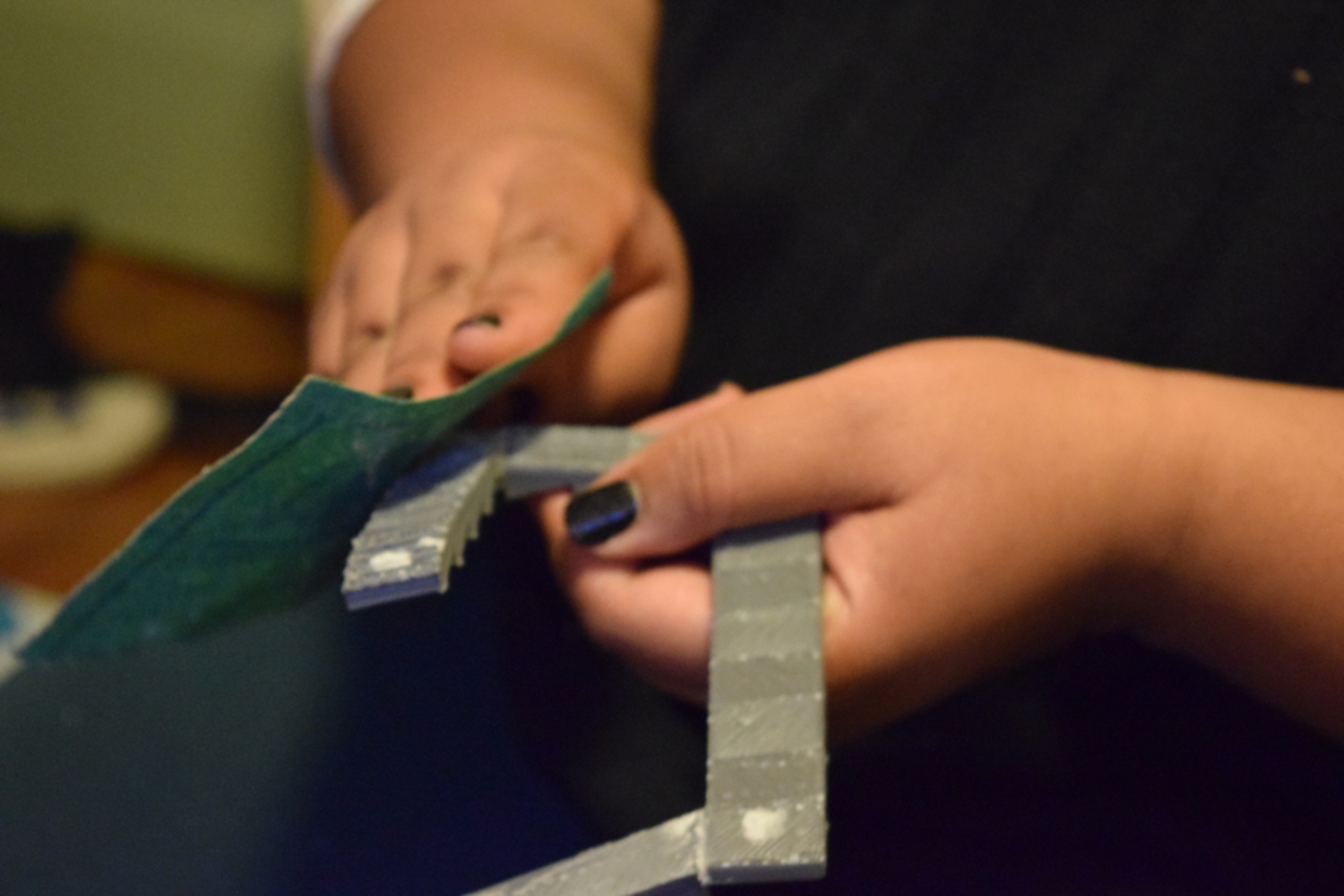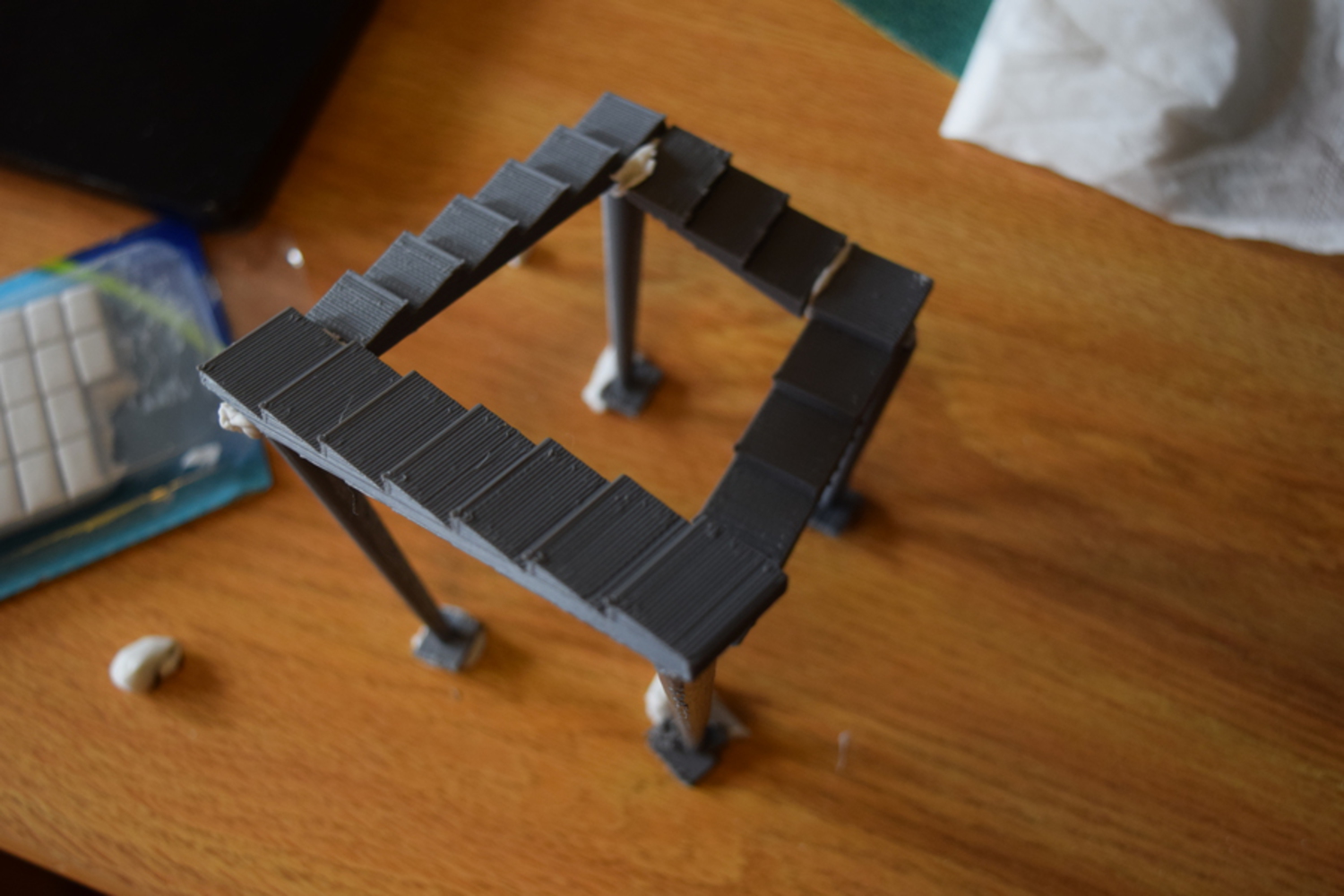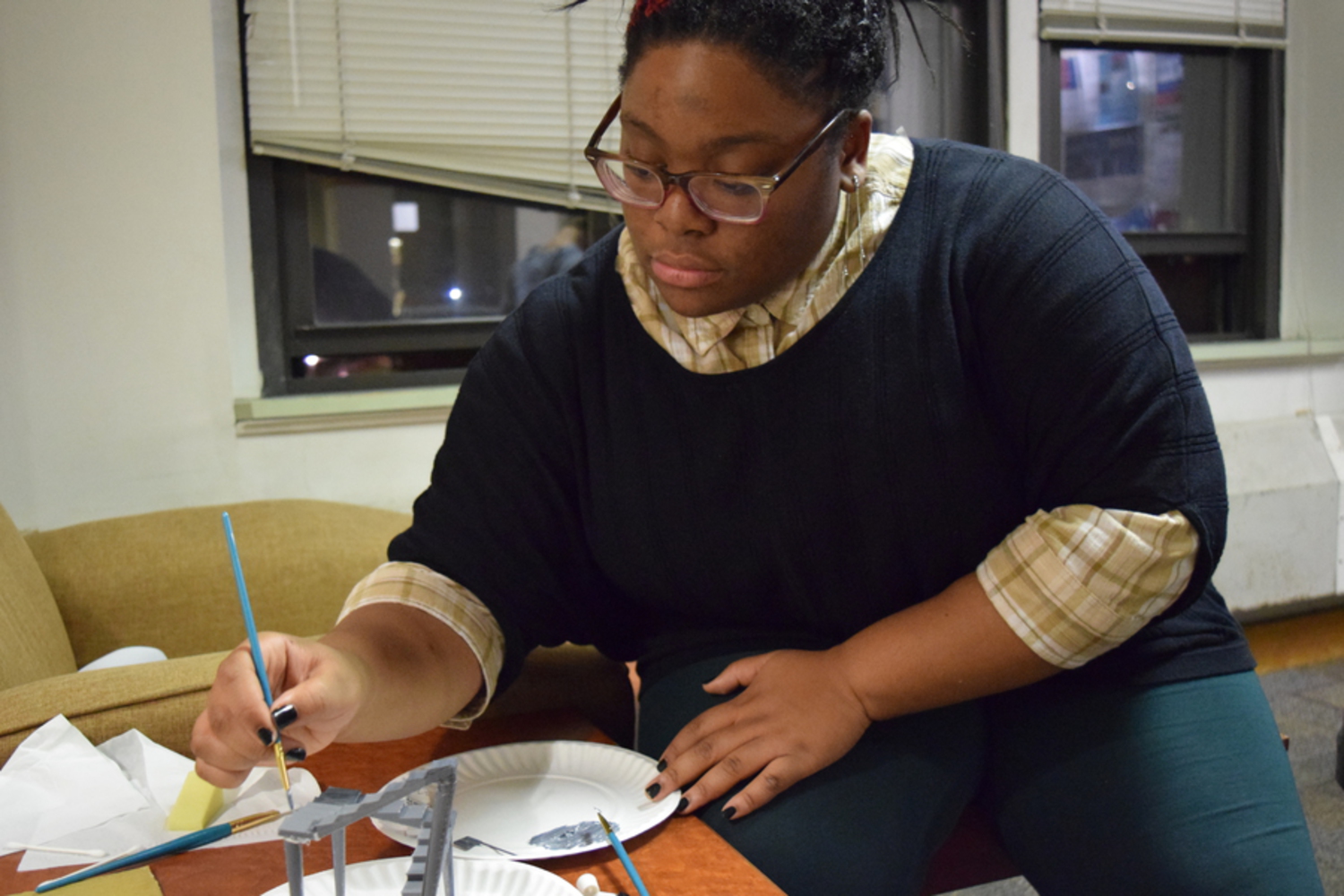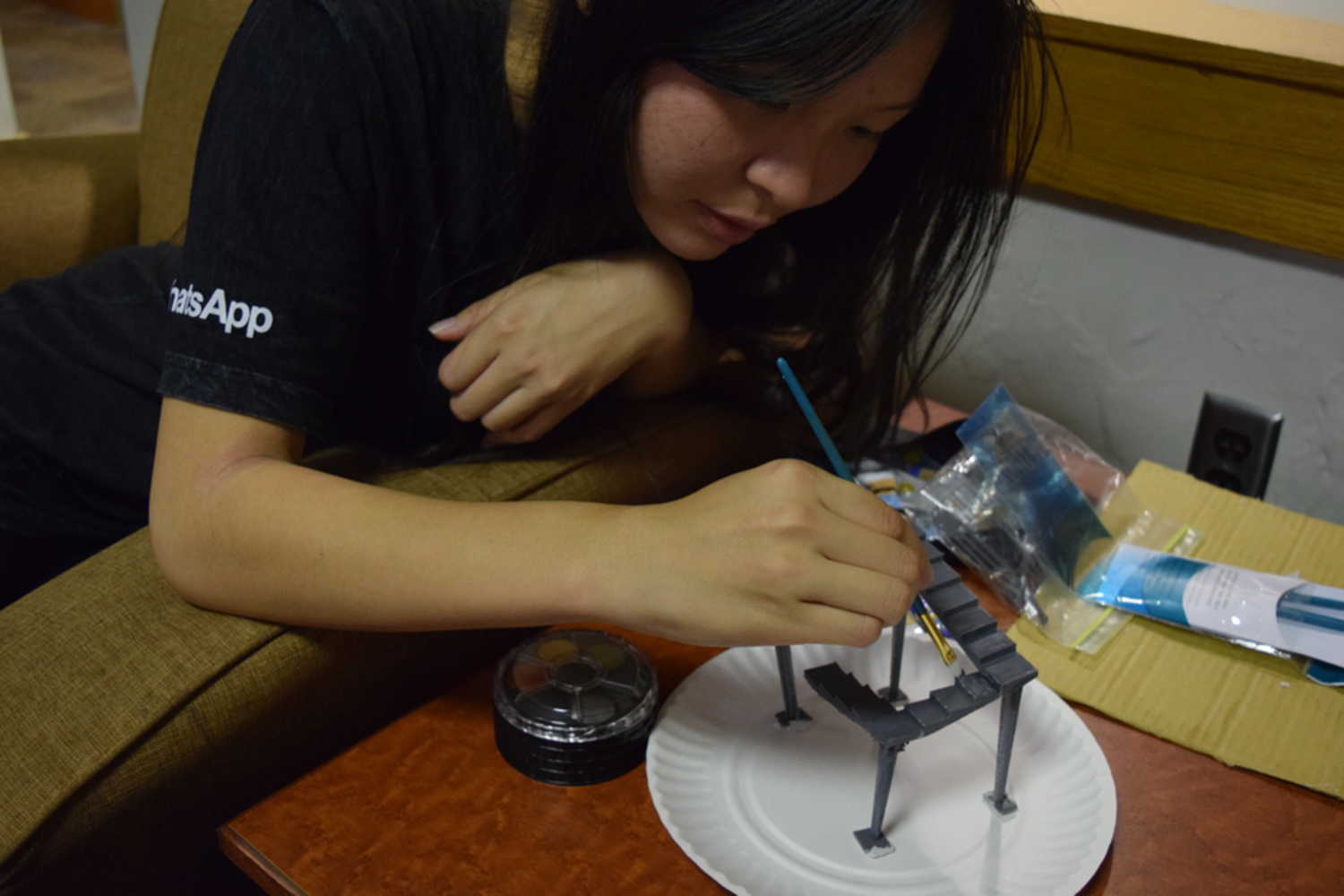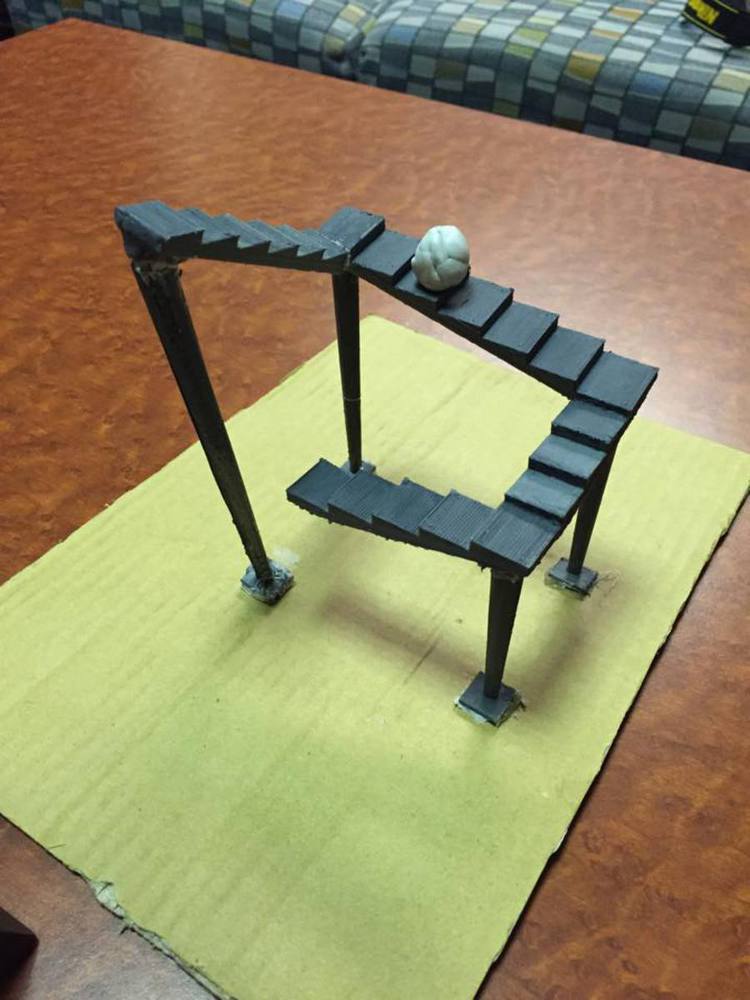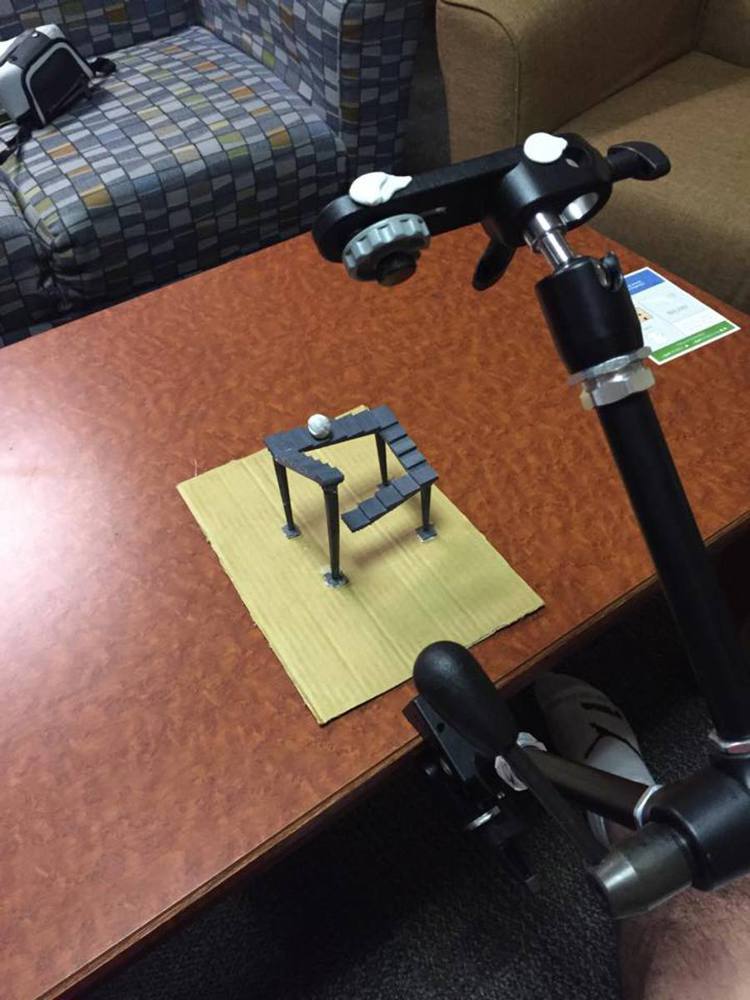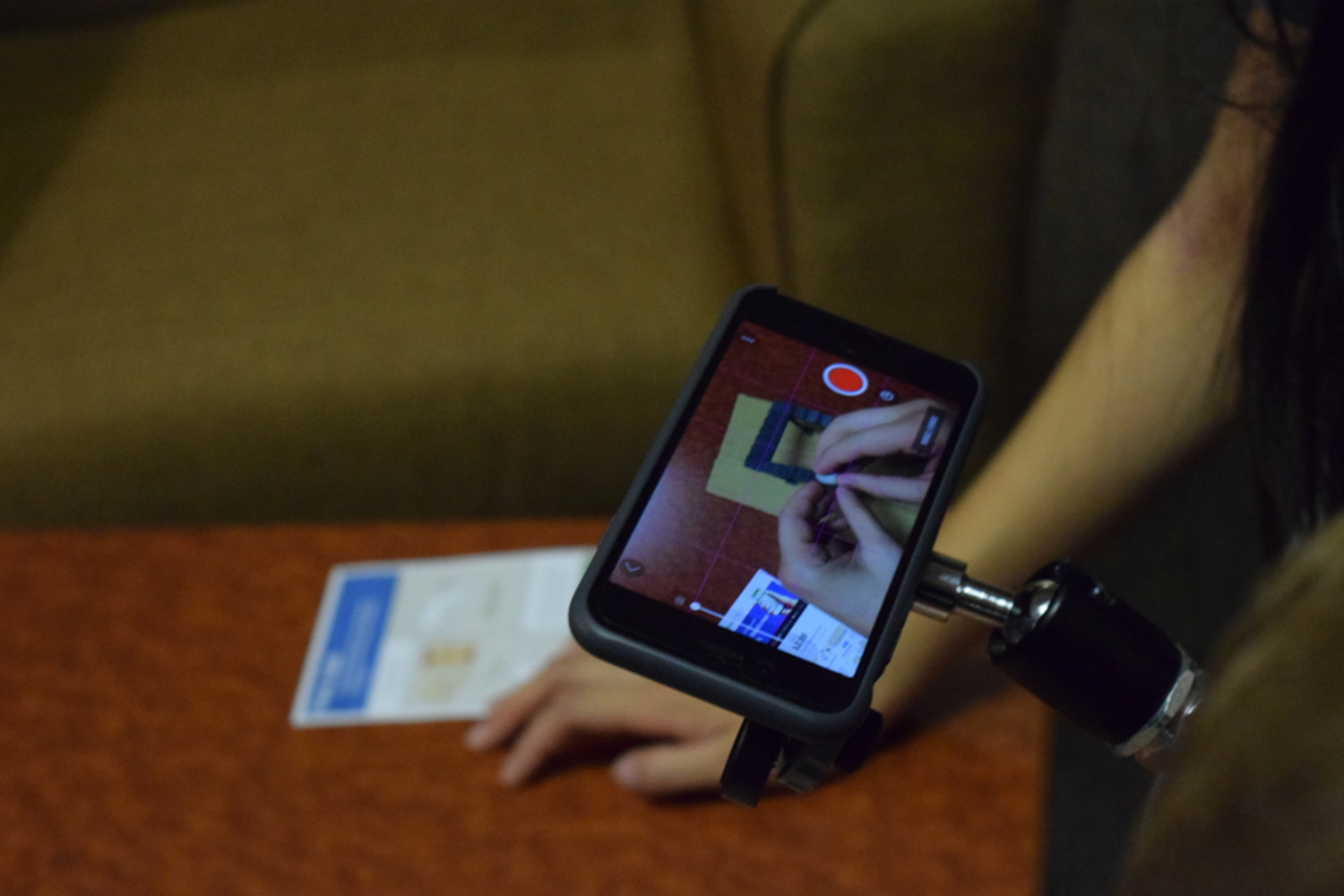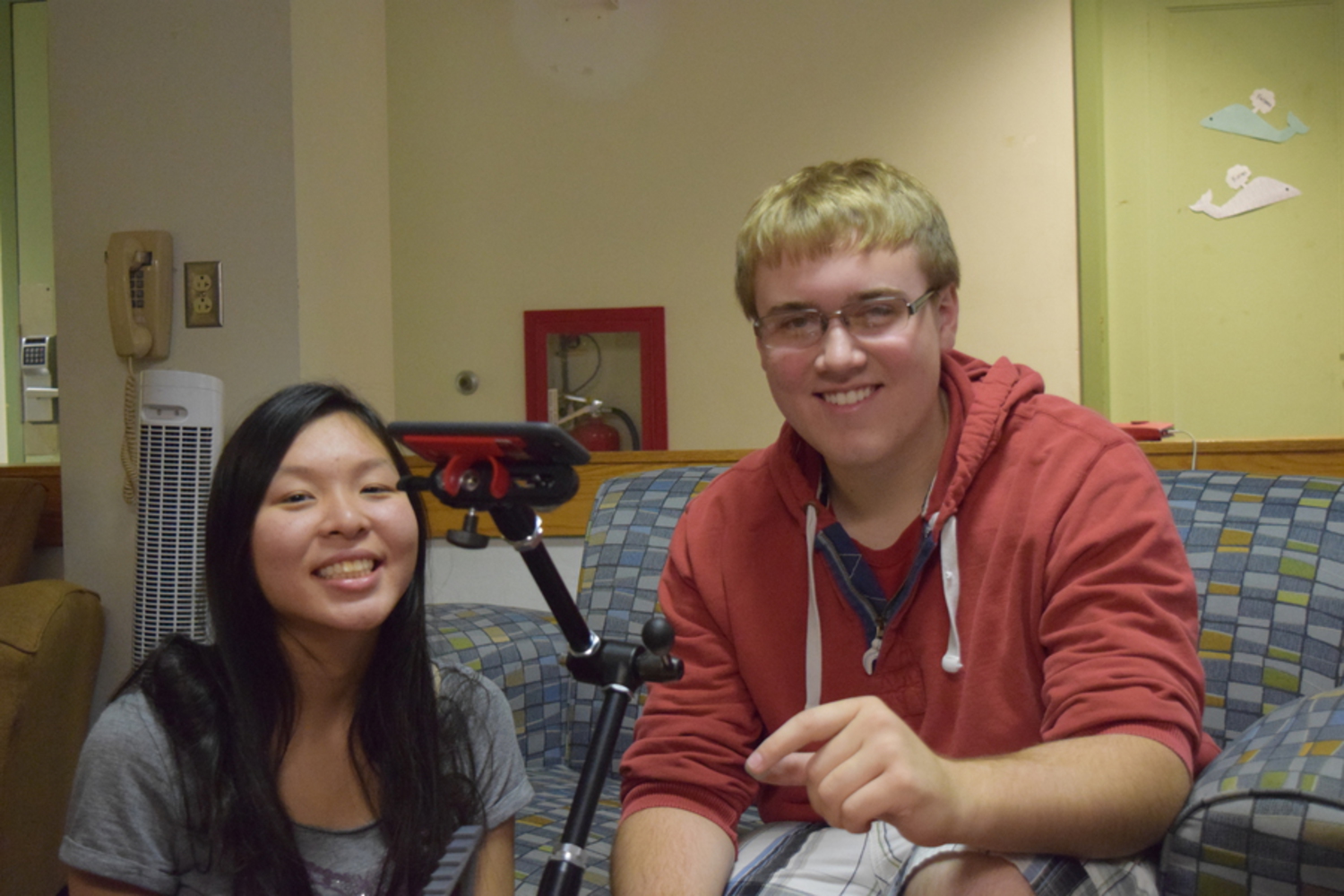We learned a lot about how to 3D print things. In retrospect, it probably would have been better had we just printed it standing up rather than printing them in pieces and assembling it. Though it would have taken more time and resources, it would have been much more stable and looked a lot better compared to our glued together model. Also, we could have saved time by making the posts shorter instead, so we wouldn't have wasted so much structure material.
We also learned how to create a stop motion animation. Although it is a long and tedious process, its certainly very rewarding at the end and it has instant results which is really cool. The difficulty of this was that our model was very wobbly and it was kind of obvious in our gif. We also had a lot of trouble getting the sound to compile with the gif, and probably more time planning the project would have helped a lot. It was also a really good call that we used a clay ball, because that way we could maintain the size of the ball to ensure that the animation properly looked like it looped around. To do this, we could add and remove clay accordingly to match the proper size, and if we had more time it would have been nice to perfect the stop motion animation to be cleaner.
In the end we realized that probably simply drawing out the animation in Photoshop would have taken less time and with more quality results, but we wouldn't have gotten to experience how to 3D print and how to make a stop motion animation, so in the end it was worth it!!
